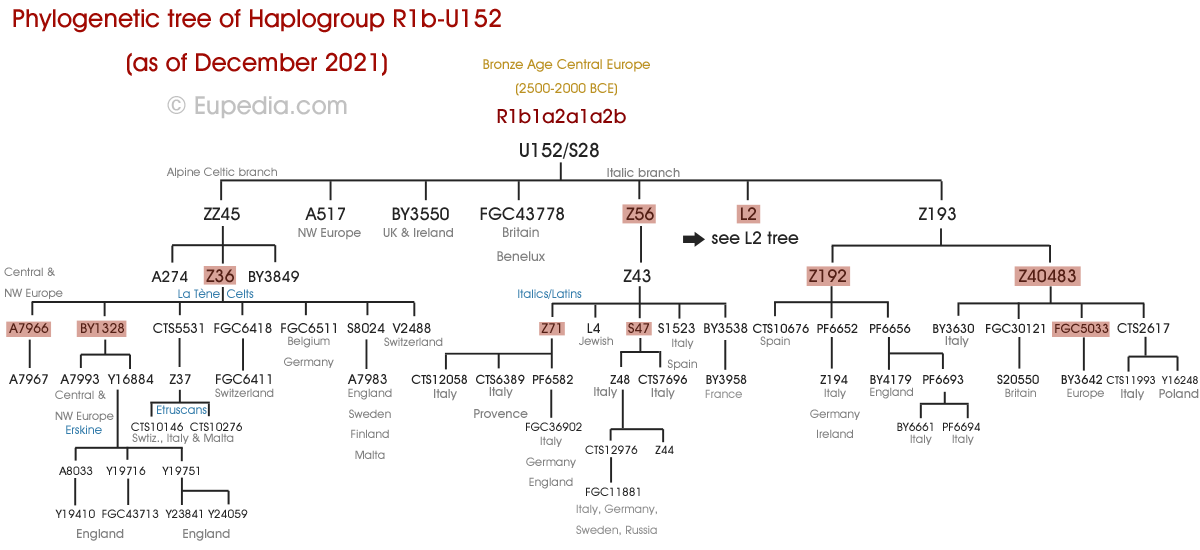Carbo
Regular Member
- Messages
- 22
- Reaction score
- 1
- Points
- 3
- Ethnic group
- Italic
- Y-DNA haplogroup
- R-PF7590
- mtDNA haplogroup
- U5a2b
"The study of Sardinian Y-DNA by Francalacci et al. (2013) allowed to have a look at the subclades of R1b-PF7589-->PF7590 on this island that has not been settled by the Celts or the Etruscans, nor by an Italic tribe besides the Romans."..."The geographic isolation of Sardinia has left its inhabitants to a large degree unaffected by outside influences, apart from a minority of Phoenician, Roman and Vandal colonisers. ".... "In other words, all the Indo-European R1b in Sardinia (bar a tiny percentage of Germanic R1b brought by the Vandals) can be attributed to the Romans."
Roman domination of Sardinia lasted 694 years, during which it was an important source of grain for the capital. Latin came to be the dominant spoken language of Sardinia during this period, though Roman culture was slower to take hold, and Roman rule was often contested by the inhabitants of Sardinia's mountainous central regions."
Turris Libisonis, the Roman colony of caesarian foundation . This colony, the only one of Roman citizens in the province of “Sardinia”, bore the name of “Iulia”.
This is yet more evidence that PF7589 and PF7590 in Italy was probably the dominant Roman lineages (ancient italic people latin tribe? https://en.wikipedia.org/wiki/Latins_(Italic_tribe) )
PF7590 formed 4600 ybp, TMRCA 1500 ybp
Roman domination of Sardinia lasted 694 years, during which it was an important source of grain for the capital. Latin came to be the dominant spoken language of Sardinia during this period, though Roman culture was slower to take hold, and Roman rule was often contested by the inhabitants of Sardinia's mountainous central regions."
Turris Libisonis, the Roman colony of caesarian foundation . This colony, the only one of Roman citizens in the province of “Sardinia”, bore the name of “Iulia”.
This is yet more evidence that PF7589 and PF7590 in Italy was probably the dominant Roman lineages (ancient italic people latin tribe? https://en.wikipedia.org/wiki/Latins_(Italic_tribe) )
PF7590 formed 4600 ybp, TMRCA 1500 ybp


